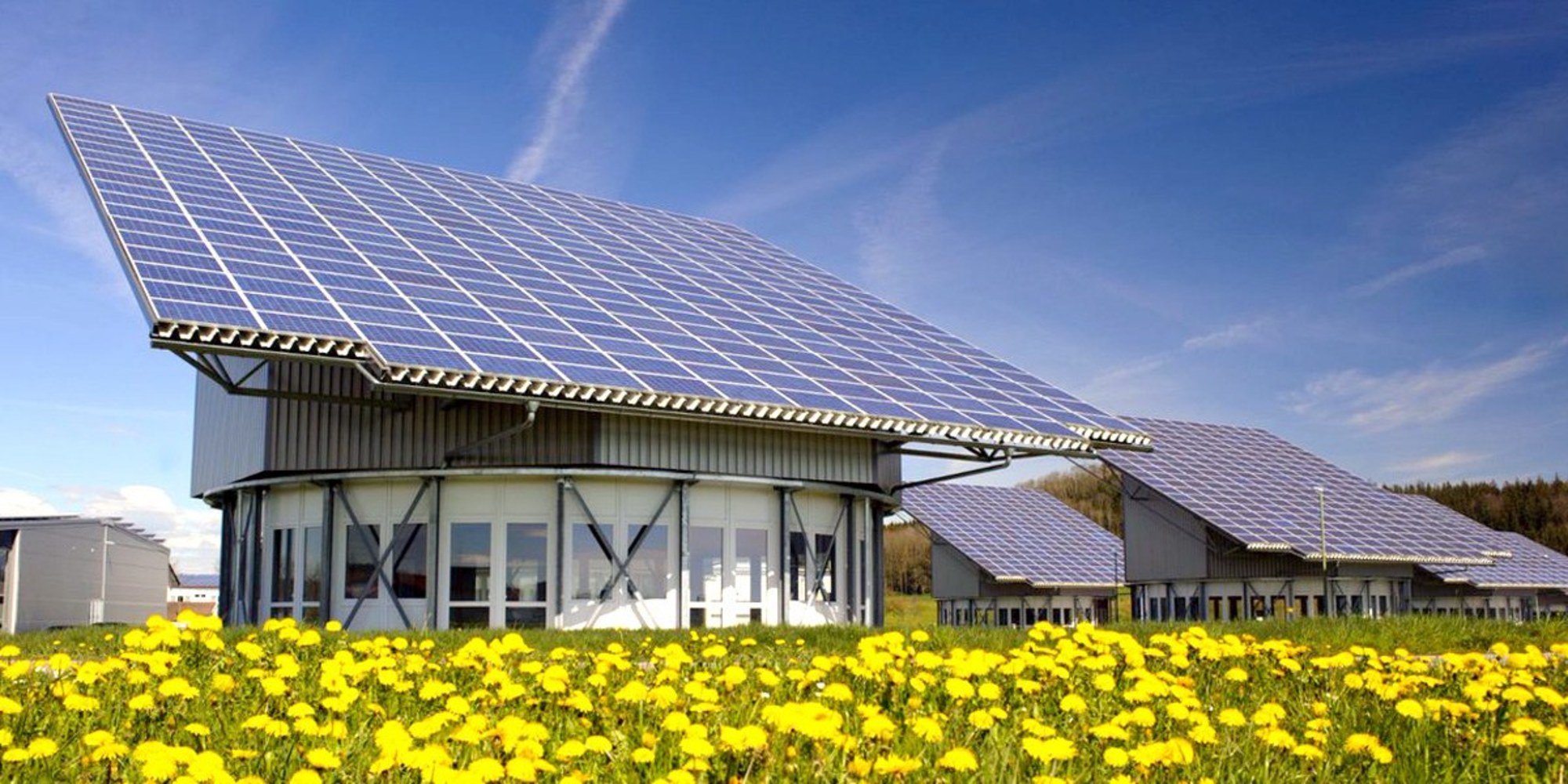In late April, Germany received 85% of its energy from renewable sources.

Germany is one of the richest and most successful countries in the European Union. Here they systematically introduce various technological innovations that help the state move forward. For several years now, Germany has been gradually abandoning traditional energy sources in favor of renewable ones. As far as one can understand, the transition is carried out efficiently and without any problems.
In the last weekend of April, Germany received 85% of its energy from renewable sources: solar, fuel (biogas), wind and hydroelectric power plants. A new record was set, firstly, due to the constant increase in the number of "green" power plants. Secondly, due to the clear sunny weather, established in late April throughout the country.
Last weekend last month, most coal-fired power plants did not work (they are gradually being decommissioned). The performance of nuclear power plants, which are planned to be closed before the end of 2022, was also reduced. The new record is really indicative, since Germany is a big country with a powerful industrial complex. And if 85% of the energy was obtained from alternative sources, then the transition to "green" energy is quite successful.
')
By the way, in March, of the total amount of energy consumed by the country, 40% were also obtained from alternative sources. In the United States in 2015, this figure was about 16.9% and it is unlikely that something could change much over the past couple of years.

In 2015, the share of renewable energy in Germany was about 33%. The leadership of the country hopes to bring this indicator to 100% by 2050. In other countries, the situation in the green energy market is also not bad. For example, in Denmark, alternative energy sources provide electricity, sometimes more than necessary. As a result, electricity has to be sold to other countries. And in Costa Rica, already 99% of energy is generated from renewable sources.
Last year, in May, Germany set a previous record in renewable energy generation. Then the "green" energy was so much that prices fell below zero for several hours. This meant the payment of money by energy companies to their customers. The fact is that prices on the energy market in Europe are formed according to the auction principle. Manufacturers ask for their price, and customers offer their own pricing options. If there is too much energy, energy companies have to dump.
Source: https://habr.com/ru/post/370459/
All Articles